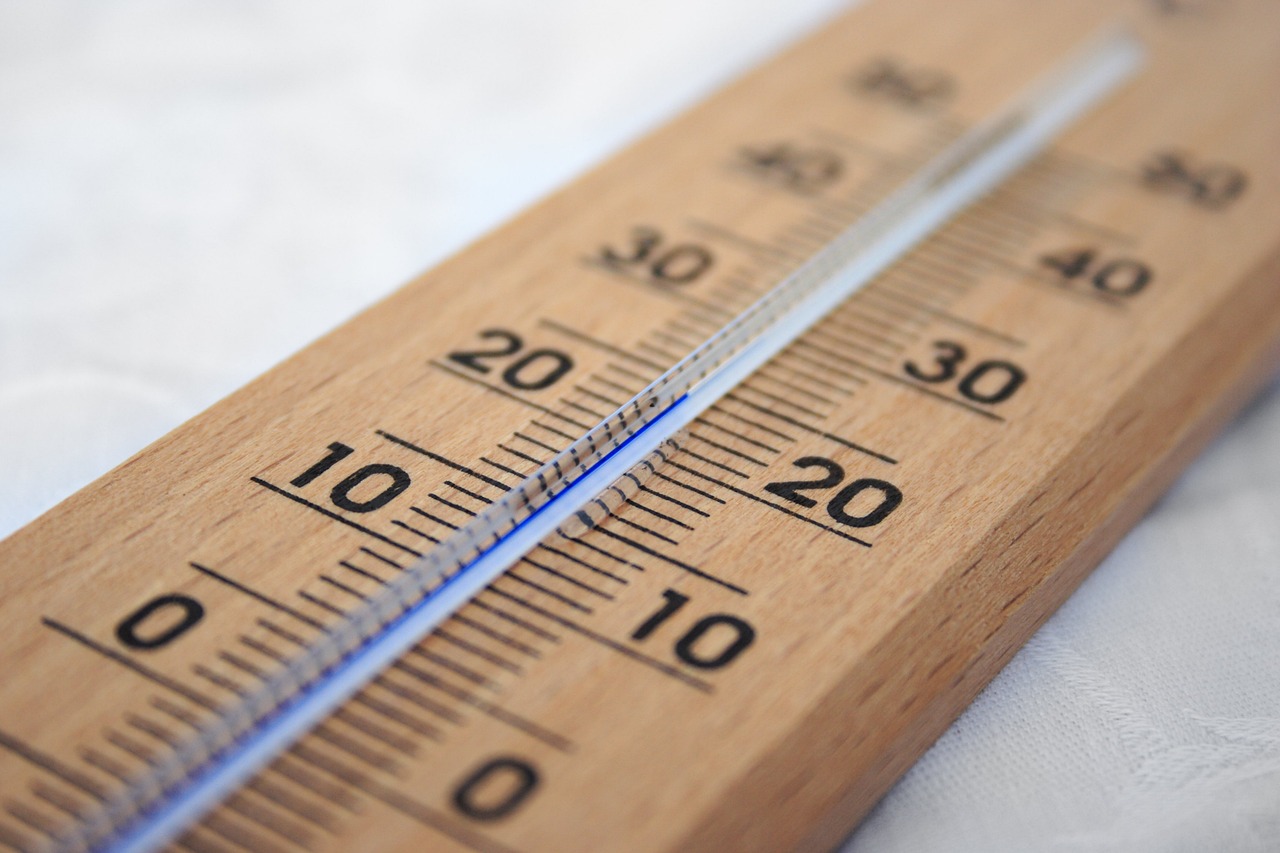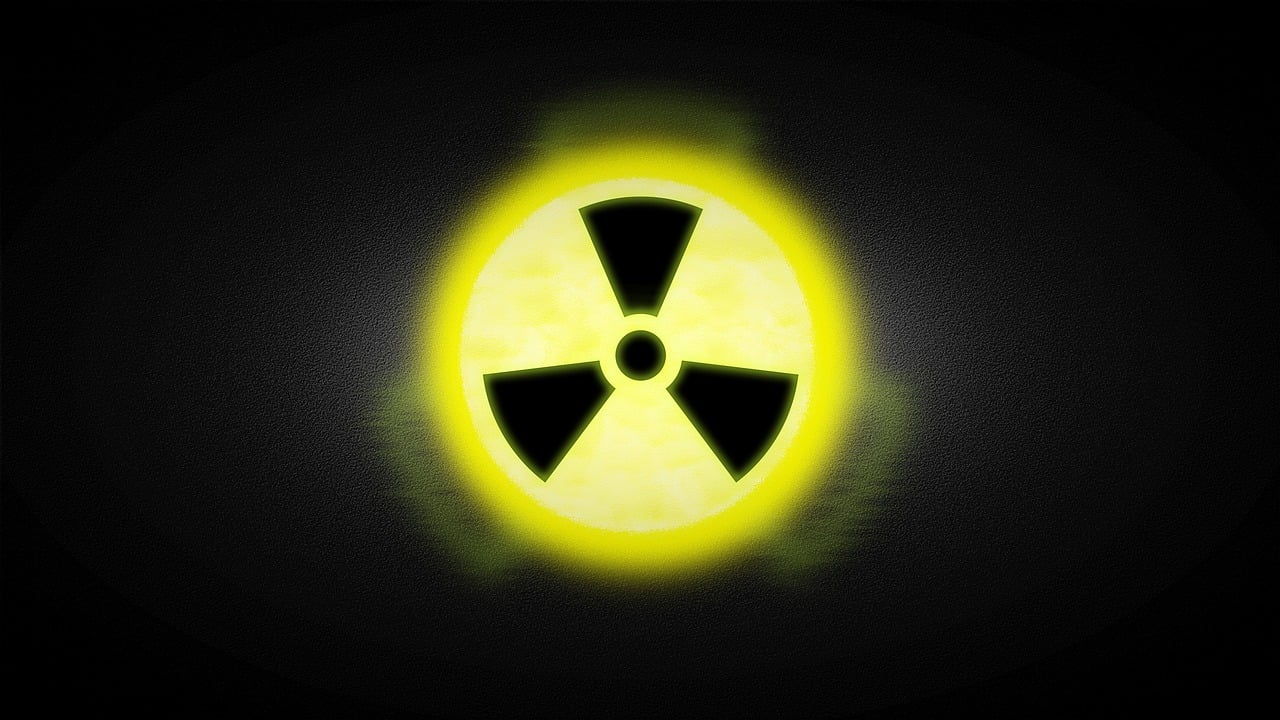Introduction
Temperature is a fundamental aspect of our daily lives, influencing everything from the weather to chemical reactions. It is measured in various scales, with the Kelvin, Celsius, and Fahrenheit scales being the most commonly used. Each of these temperature scales has its own unique properties and applications. In this article, we will explore these temperature scales, their history, and provide the formulas for converting between them.
- Kelvin (K)
The Kelvin scale, often denoted as “K,” is the fundamental unit of temperature in the International System of Units (SI). It is named after the Scottish physicist William Thomson, 1st Baron Kelvin, who made significant contributions to the field of thermodynamics. The Kelvin scale is unique because it starts from absolute zero, the point at which all molecular motion theoretically stops.
- Absolute Zero: 0 Kelvin is equivalent to -273.15 degrees Celsius or -459.67 degrees Fahrenheit.
- Formula: Kelvin = Celsius + 273.15
The Kelvin scale is commonly used in scientific and engineering applications, particularly in fields like physics, chemistry, and thermodynamics. It is advantageous in these fields because it avoids negative temperatures and simplifies calculations involving gases.
- Celsius (°C)
The Celsius scale, also known as the Centigrade scale, is widely used for everyday temperature measurements in most parts of the world. It is based on the properties of water, with 0°C representing the freezing point of water and 100°C representing the boiling point of water at standard atmospheric pressure.
- Freezing Point: 0°C
- Boiling Point: 100°C
- Formula: Celsius = (Fahrenheit – 32) × 5/9
The Celsius scale is simple and easy to use, making it popular for weather forecasts, cooking, and daily temperature comparisons.
- Fahrenheit (°F)
The Fahrenheit scale, developed by the German physicist Daniel Gabriel Fahrenheit, is commonly used in the United States and a few other countries. Unlike the Celsius scale, the Fahrenheit scale is not based on universal physical constants but rather the freezing and boiling points of brine (a solution of salt and water).
- Freezing Point: 32°F
- Boiling Point: 212°F
- Formula: Fahrenheit = (Celsius × 9/5) + 32
The Fahrenheit scale is known for its finer gradations in temperature, which can be useful for precise measurements in specific industries, such as meteorology and aviation.
Conversions between Temperature Scales
Here are the conversion formulas to change temperature values from one scale to another:
- Celsius to Kelvin: Kelvin = Celsius + 273.15
- Celsius to Fahrenheit: Fahrenheit = (Celsius × 9/5) + 32
- Kelvin to Celsius: Celsius = Kelvin – 273.15
- Kelvin to Fahrenheit: Fahrenheit = (Kelvin – 273.15) × 9/5 + 32
- Fahrenheit to Celsius: Celsius = (Fahrenheit – 32) × 5/9
- Fahrenheit to Kelvin: Kelvin = (Fahrenheit – 32) × 5/9 + 273.15
Conclusion
Understanding the Kelvin, Celsius, and Fahrenheit temperature scales and their conversions is essential for various scientific, industrial, and everyday applications. Whether you’re cooking, discussing weather, or conducting scientific experiments, having a grasp of these scales and their interrelationships can help you make sense of temperature measurements. Each scale has its strengths and weaknesses, making them suitable for specific contexts, so choosing the right one depends on your needs and preferences.















